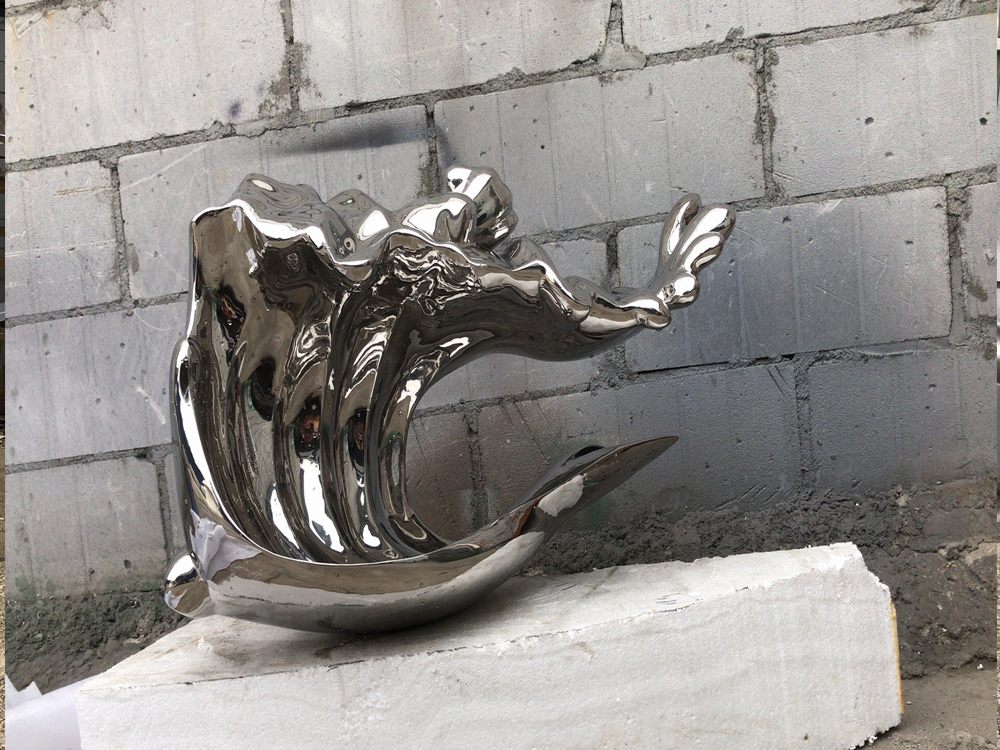
Bronze sculpture has been a revered art form for centuries, but the aesthetics of classical and avant-garde bronze works diverge significantly in philosophy, technique, and expression. Classical bronze sculpture adheres to timeless principles of harmony, proportion, and realism, often drawing inspiration from mythology, history, or idealized human forms. Artists like Donatello and Rodin mastered this tradition, emphasizing anatomical precision and narrative clarity.
In contrast, avant-garde bronze sculpture challenges conventions by embracing abstraction, fragmentation, and experimental textures. Modernists like Henry Moore or contemporary artists push boundaries with distorted shapes, unconventional patinas, and conceptual themes that prioritize emotional impact over literal representation. While classical works often serve public monuments or decorative purposes, avant-garde pieces frequently provoke thought through ambiguity and material innovation.
The key distinction lies in their intent: classical sculpture seeks beauty through mastery of form, while avant-garde works redefine beauty itself. Patination techniques also differ—classical pieces favor polished, uniform finishes, whereas avant-garde artists may employ acid treatments or mixed media for disruptive effects. Collectively, these differences highlight bronze sculpture's evolution from technical tradition to limitless artistic experimentation.

